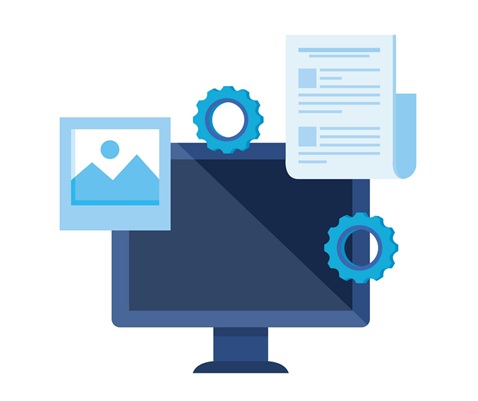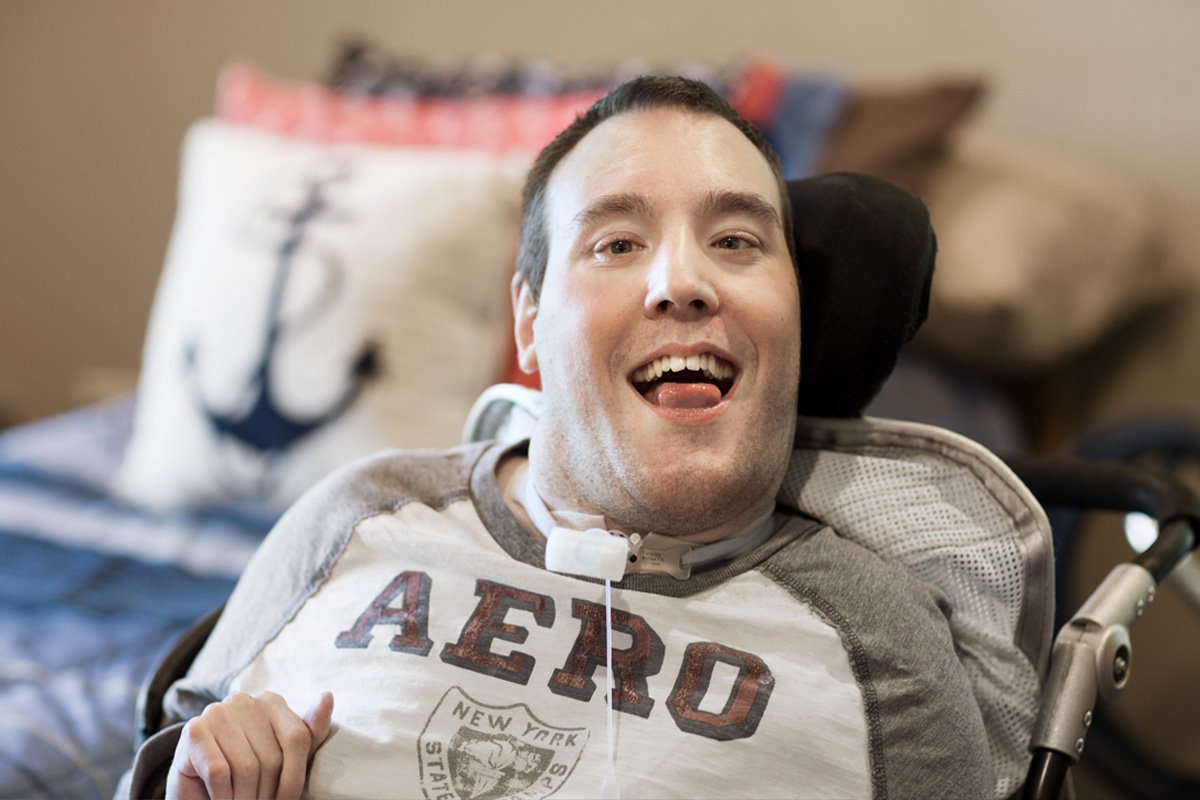If It Isn’t Documented, It Didn’t Happen
January 27, 2025

The Critical Role of Documentation in providing care for individuals with disabilities.
In healthcare, the saying “If it isn’t documented, it didn’t happen” holds more weight than just a catchy phrase. For healthcare professionals (nurses, direct support professionals, staff and supervisors) working with individuals with disabilities living in a group care setting, documentation is not just an administrative task—it’s a critical component of providing safe, effective patient care regardless of the role you play. When documentation is clear, accurate, and timely, it ensures continuity of care, enhances communication and protects both residents and healthcare providers from potential legal issues. Let’s explore the essential role documentation plays in healthcare, why it matters, and how you can streamline the process to improve both care and efficiency.
 1. Protecting Patients through Accurate Documentation
1. Protecting Patients through Accurate Documentation
One of the most important reasons to maintain thorough records is to ensure that patients receive the care they need when they need it. Without proper documentation, there’s a risk of critical details being overlooked or missed entirely—leading to delays in treatment, medication errors, or even harm to the patient.
For example, imagine a patient being transferred from one home or program to another or a shift change from overnight to daytime. Without detailed records of their medical history, current medications, and specific care instructions, the receiving team might not be aware of important information that could affect treatment. Accurate documentation ensures that every provider involved in a patient’s care has a clear understanding of their condition and treatment plan, reducing the risk of mistakes.
Furthermore, when documentation is consistent and clear, it supports continuity of care across different shifts, departments, and healthcare providers. This means a patient’s service plan isn’t just stored in the mind of one provider—it’s available to everyone who needs it, when they need it and has been written and recorded with the reader in mind.
 2. Enhancing Communication between Healthcare Teams
2. Enhancing Communication between Healthcare Teams
Providing residential and daily living support to vulnerable adults with disabilities is a team effort. Whether it’s in hospitals, clinics, or long-term care facilities, or group homes multiple professionals—doctors, nurses, direct support staff, and their managers and supervisors —are all involved in a patient’s care. Effective communication is essential for coordinating this care, and documentation plays a pivotal role in ensuring that everyone stays on the same page.
Clear, concise notes help prevent misunderstandings or conflicting instructions that could jeopardize a patient’s treatment. For example, a nurse might document a change in a patient’s condition that alerts the direct support staff to a need for important monitoring as a result of a change in an individual’s health status. Similarly, a patient’s service plan, written in detail, ensures that other healthcare professionals don’t continue unnecessary protocols or begin new protocols that are of the utmost importance for patient care and satisfaction.
Standardized tools, like electronic health records (EHRs), streamline communication. In most group care settings. Documenting inside the electronic health record allows for faster, more reliable communication across teams, ensuring that all relevant information is captured and easily accessible to providers that need it. If your agency has electronic health records the electronic health record is the place where anything important must be documented. Leaving a team member a note or conveying information over a phone call may be helpful but the same information should also be recorded in the electronic health record.

3. Legal and Compliance Considerations
Beyond patient care, documentation serves as a legal safeguard. In the event of a malpractice claim or audit of records as part of an investigation into what occurred, accurate records are vital. Providers who fail to document thoroughly risk leaving themselves open to potential legal consequences. “If it isn’t documented, it didn’t happen” is a stark reminder that courts and regulatory bodies rely on written records to verify anything claimed and to defend healthcare decisions.
In the U.S., for example, healthcare professionals must comply with regulations like HIPAA, which governs how patient information is stored and shared. Only those who have a right to know the contents of the resident’s record should have access. An electronic record allows for providers to gain access when they need it and limit it when they don’t.
Having thorough records also protects against miscommunication with other providers which may require detailed documentation to approve treatments or reimbursements. Documentation becomes more than a practice—it’s a tool for maintaining compliance and safeguarding both patients and providers. 4. Improving Workflow and Preventing Burnout
4. Improving Workflow and Preventing Burnout
For many healthcare providers, documentation can feel like a burdensome task, especially in fast-paced environments. Yet, proper documentation can actually help reduce stress and prevent burnout by streamlining workflows and minimizing errors. When records are well-organized and easy to navigate, healthcare workers can quickly find the information they need, saving time and energy.
In fact, if everyone does their part delivering optimal care becomes easier, providers can prove the fact that they have done what they should have related to resident care, and needing to remember something after the fact is no longer a challenge. We can just review the record.
“You’re going to need to do it on every shift” says Rob Edwards, President and CEO of Homeward Bound a 50+ year old non-profit group care provider for individuals with disabilities. “Why not create good habits of mind now so you’re protected later,” he says. By creating solid documentation habits from the start, providers can avoid the overwhelming task of having to
catch up on missed or incomplete documentation. Reading the record of what others have written is just as critical, says Edwards. Scheduling yourself time to both review records and add to the records related to each resident each shift is a required task for any provider or direct care staff.
Over time, this reduces stress and helps maintain focus on what really matters—providing excellent care for patients.
Conclusion
Documentation isn’t just a regulatory requirement or an administrative burden—it’s a fundamental part of delivering high-quality care. From protecting patients and enhancing communication to ensuring legal compliance and improving workflow, the role of documentation in healthcare is undeniable. As healthcare professionals, it’s crucial to recognize the value of thorough, accurate, and timely documentation and to find ways to make it as efficient as possible.
Take a moment to reflect on your own documentation practices. Are there areas for improvement in your workflow? Could tools or strategies help you maintain better, more consistent records? By prioritizing documentation, you’re not just protecting yourself—you’re actively contributing to better outcomes for your patients and a smoother, more effective healthcare system.
About the Author: Rob Edwards is a Health Care Provider, CEO and Adjunct Professor. Currently, he serves as President and CEO of Homeward Bound a group care provider in the Twin Cities Metro Region.
News / CEO Updates /


